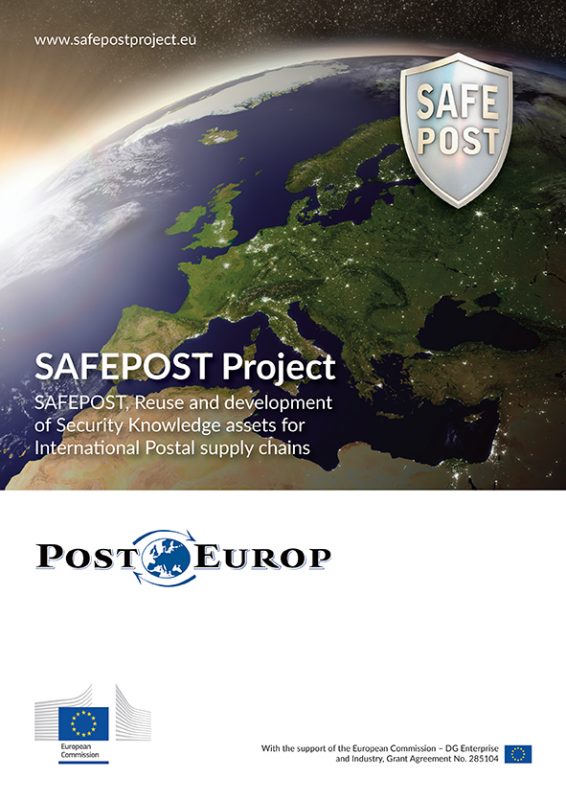In a narrow sense, the term postal service is reserved for national services as recognised by the Universal Postal Union, an agency of the United Nations. In a broader sense, the global mail and parcel delivery system effectively consists of two parts: national postal services and private letter and parcel delivery services. Postal security was brought to the attention of the world by the 2001 Anthrax attacks in the USA, where letters containing anthrax spores were mailed to several news media offices and two Democratic U.S. Senators, killing five people and infecting 17 others. In response the US Customs and Border Protection (CBP) has developed guidelines for identifying suspicious packages and letters and procedures for opening mail.
Narcotics and counterfeit drugs smuggling through postal channels is nowadays a constant reminder of the urgent need to strengthen postal security. Recent reports indicate the increase in drug trafficking with use of postal channels as a low risk means of transporting narcotics internationally.
A common European approach for standards and procedures is relevant for the specific problem of exchange and use of information for customs and police missions. The more general problem of increasing security in postal supply chains is a global challenge that should be considered in the broader context of secure EU and international supply chains operated by responsible and collaborating business networks.
SAFEPOST is in a unique position to integrate a common European approach for standards and procedures in the overall Supply Chain Security Framework under development by e-Freight, SUPPORT and CONTAIN.
The major advantage of this approach is in enabling the postal services sector to take advantage of ongoing developments regarding:
∙ Supply chain/network visibility;
∙ New ways of interfacing to Customs and other authorities through a Single Window and related movements towards EU and international customs standards and controls;02
∙ New ways of exchanging information between all relevant stakeholders, particularly authorities, to enable them to employ responsible co-operative strategies for dealing with threats.


